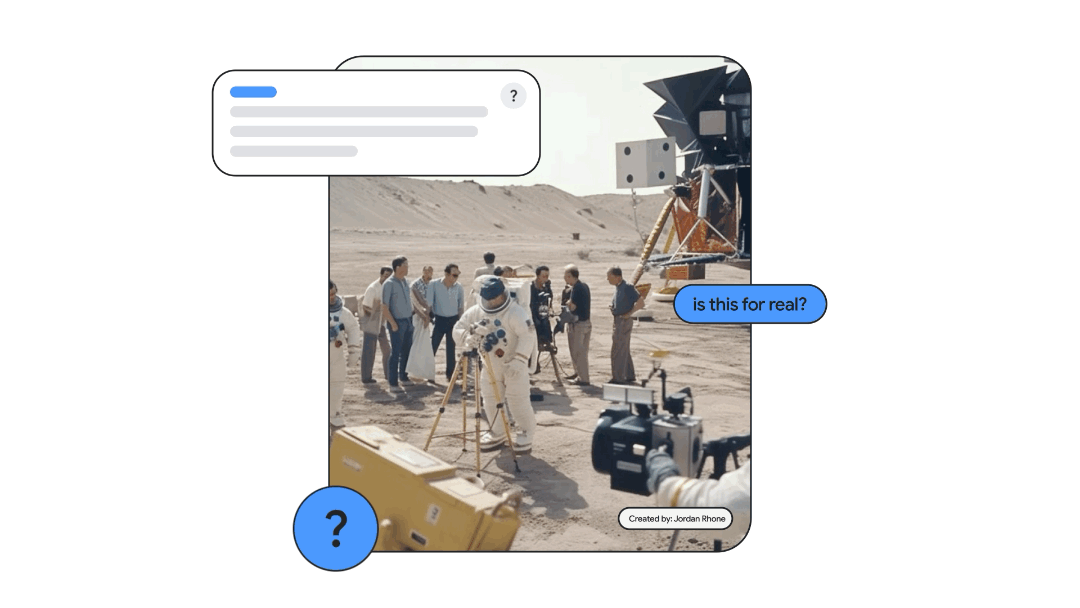ChatGPT, with over 180.5 million users, and Gemini, with 142.6 million monthly users, demonstrate the widespread appeal of advanced AI. Yet, despite these impressive figures, many users barely scratch the surface of their potential. Meanwhile, Claude AI, part of Anthropic AI, draws 1.7 million visits monthly, signaling growing interest.
This blog post offers an in-depth look at three essential guides designed to elevate your prompt engineering skills from basic to expert. Master these powerful frameworks and unlock a new level of precision and creativity in your AI interactions.
Writing Effective Prompts with Gemini for Google Workspace
Integrate the power of AI into your everyday tasks with Gemini for Google Workspace. Built on the foundations of real-time collaboration, Gemini enhances your productivity and creativity within familiar applications like Gmail, Google Docs, and Google Slides. This section offers foundational techniques to craft effective, instructional prompts, turning Gemini into your AI-powered assistant. Engage in dynamic conversations with your AI, where each prompt serves as a stepping stone to more efficient workflows.
Key areas for writing effective prompts include:
- Setting clear, instructional goals
- Maintaining a conversational tone
- Being specific with requests
- Iterating based on feedback
While the potential of generative AI is vast, adhering to these best practices can significantly enhance your interactions, ensuring privacy and security without compromising functionality.
“The Prompt Guide” by Dave Birss”
- This PDF guide covers the C.R.E.A.T.E. framework for effective prompting, including elements like character, request, examples, and tone.
- It provides practical tips and examples for crafting prompts to get desired outputs from AI models.
- https://davebirss.com/documents/the_prompt_guide.pdf
“Fundamentals of Prompt Engineering” by National Bank of Greece:
- This PDF guide delves into the fundamentals of prompt engineering, covering topics like prompt length, model choice, and target audience.
- It offers considerations and example prompts to help readers understand and apply prompt engineering techniques.
- https://developer.nbg.gr/sites/default/files/PromptEngineeringF.pdf
“Chatbot Prompting: A guide for students, educators, and an AI-augmented workforce”:
- This research paper provides a comprehensive guide on chatbot prompting, including best practices and strategies for different use cases.
- While not a standalone PDF, it offers in-depth insights into the prompt engineering process for chatbots and conversational AI.
- https://www.researchgate.net/publication/367464129_Chatbot_Prompting_A_guide_for_students_educators_and_an_AI-augmented_workforce








Translating AI Election Strategies in India to Business Stakeholder Engagement: Opportunities and Risks
In a recent article from the New York Times, the spotlight was cast on the burgeoning role of artificial intelligence in shaping the upcoming elections in India. As the world’s largest democracy gears up for another electoral showdown, AI tools are being leveraged to create hyper-personalized messages and engage voters on an unprecedented scale.
In particular, the article mentions that these advanced AI tools allow for the creation of video messages and phone communications that can be automatically generated in any of India’s numerous languages, enhancing the accessibility and reach of these messages. Such capabilities not only streamline the outreach process—requiring just a fraction of the time and financial resources typically spent on traditional campaigning—but they also hold the potential to fundamentally transform electoral strategies.
Hyperpersonalisation in Stakeholder Outreach
1. AI Avatars and Personalized Communication
Examples and Application in Business:
2. Technology Advancements and Efficiency
Examples and Application in Business:
Enhancing Engagement Through AI-Driven Personalization
However, as it becomes increasingly easier for executives of both large and small companies to deliver targeted messages to specific stakeholders through selected media channels, the safeguards to prevent misuse remain underdeveloped.
This opens up opportunities for unscrupulous agents, such as short sellers, to exploit these advanced technologies. A deep fake of a CEO mentioning that his company missed its sales target could potentially depress the company’s share price.
Even if such a scam is quickly detected and the stock recovers within seconds, the brief volatility can lead to significant financial gains for those who orchestrate these schemes. Hence, the urgent need for robust regulatory frameworks to keep pace with technological advancements, ensuring that the transformative potential of AI in communications does not become a tool for financial misconduct.
Share / Partagez
Leave a comment
Posted in Artificial Intelligence, Editorial, Finance, Media commentary, Media study, Propaganda